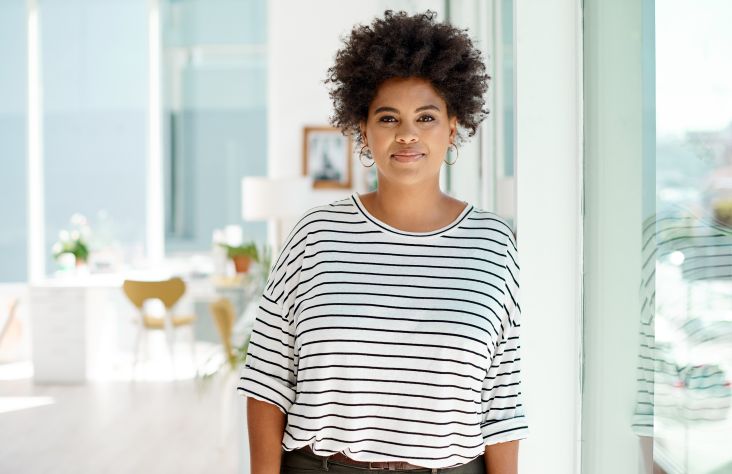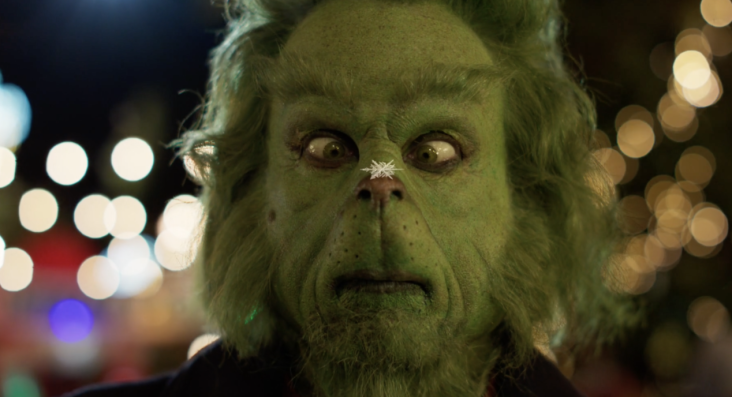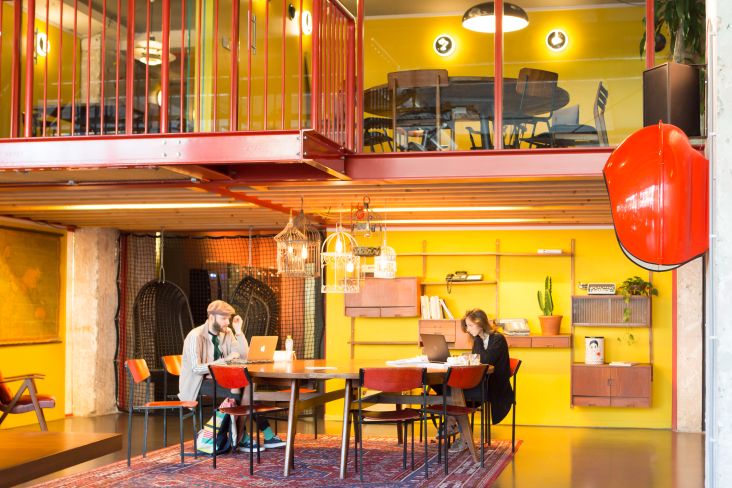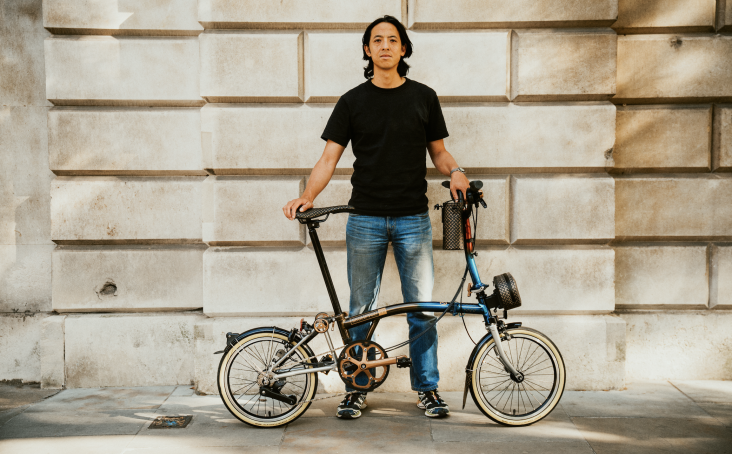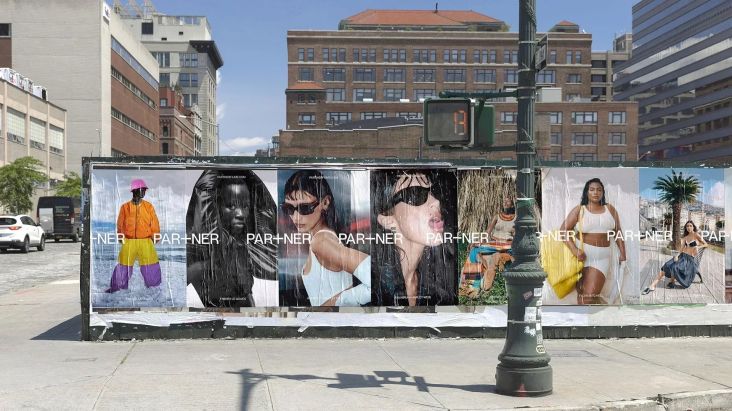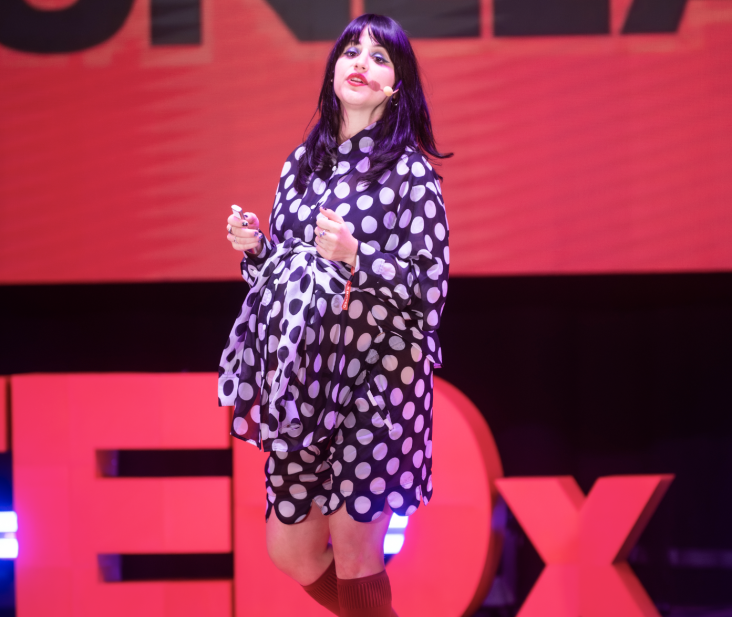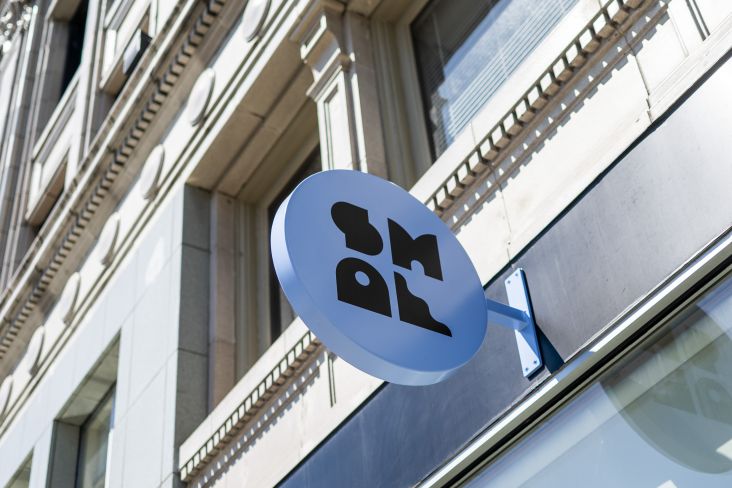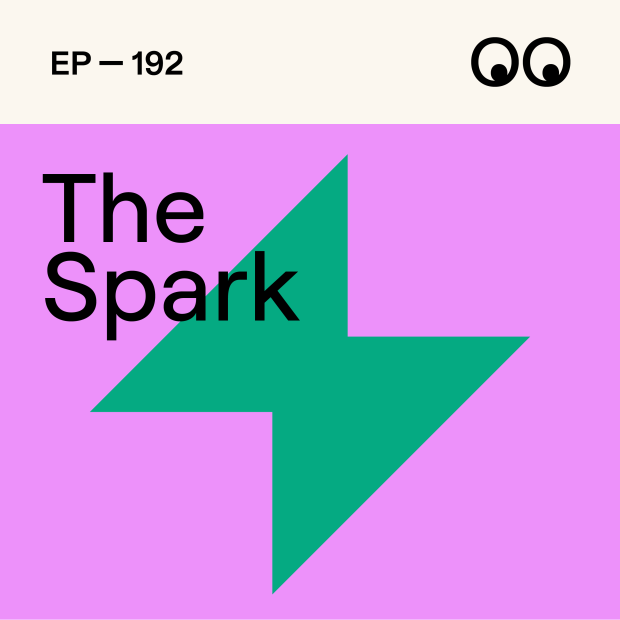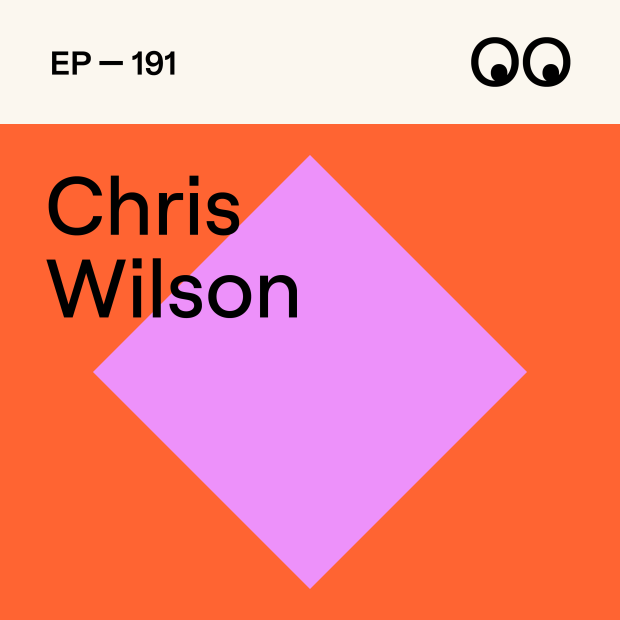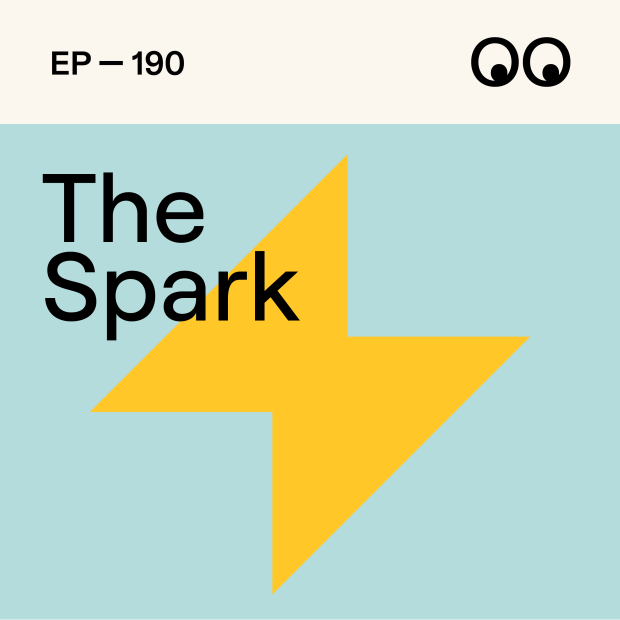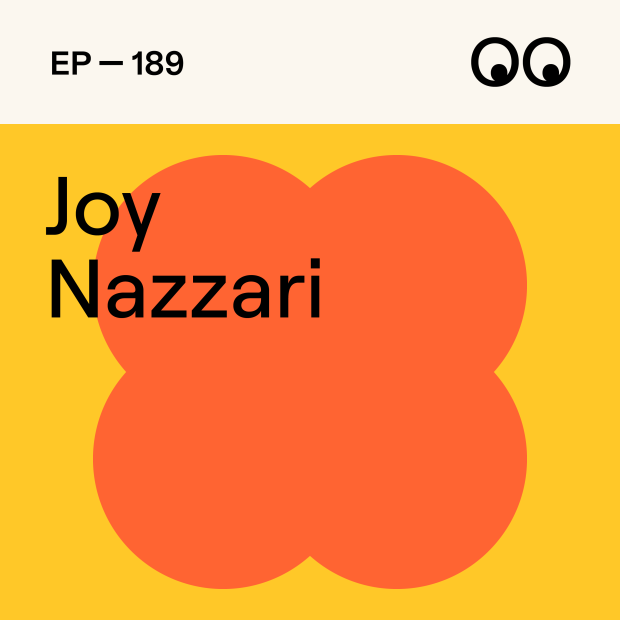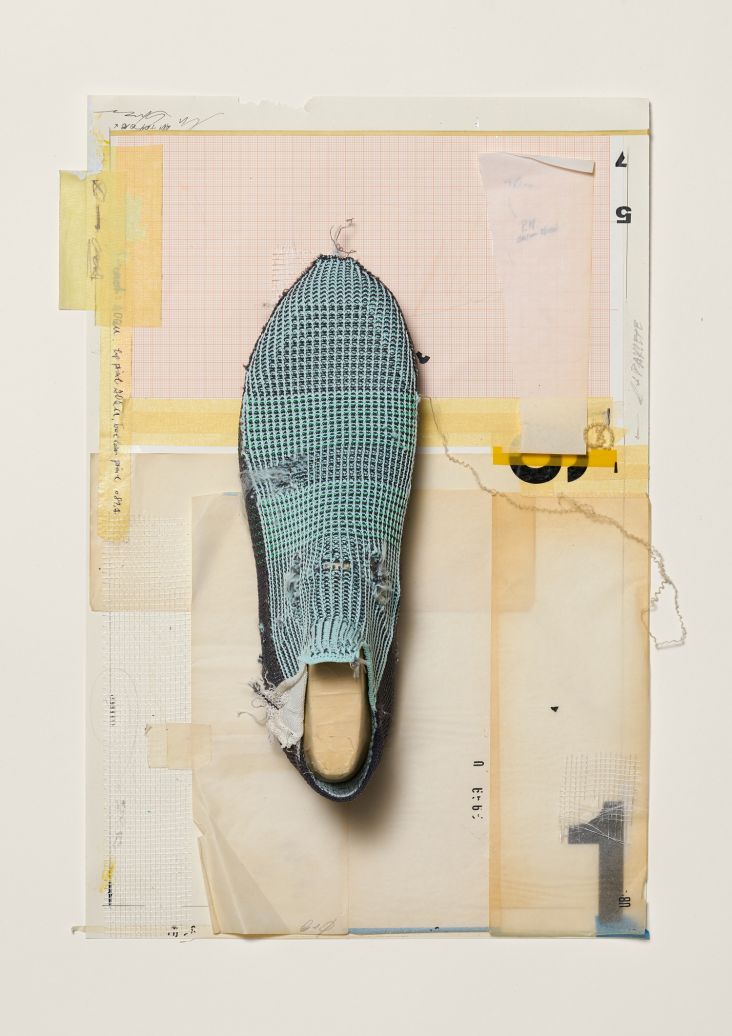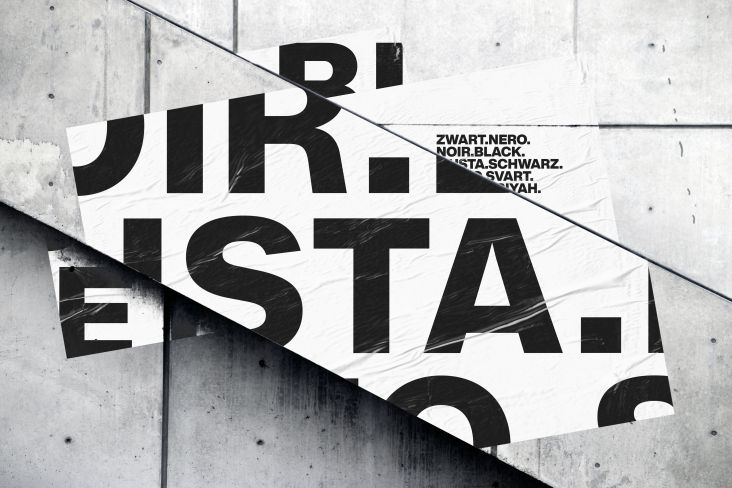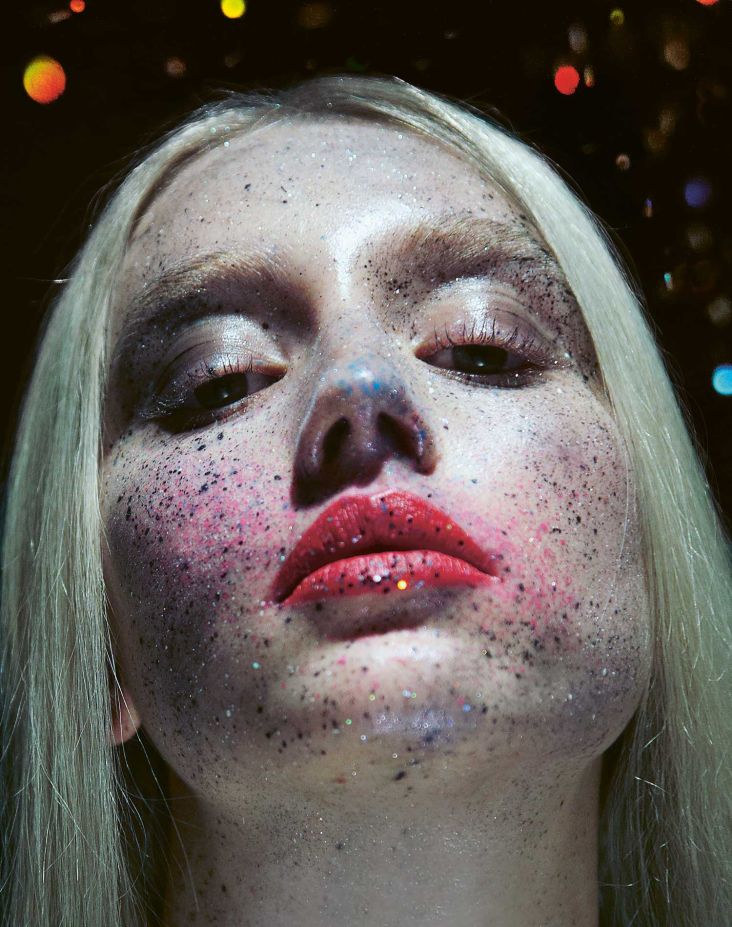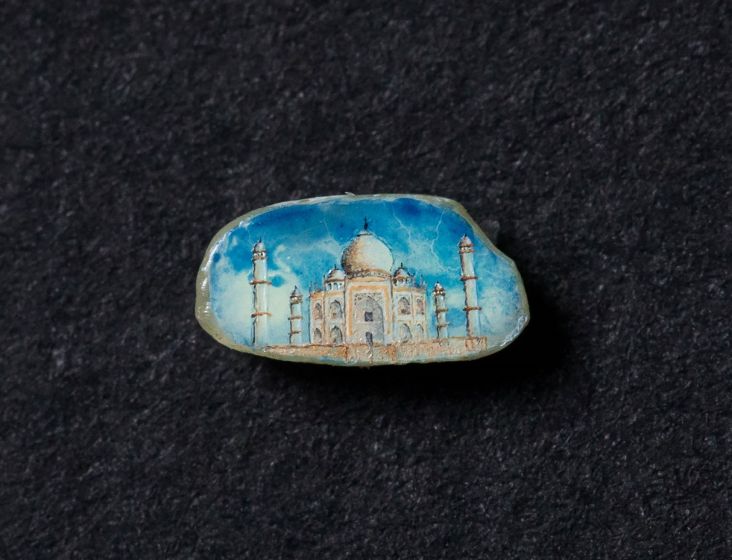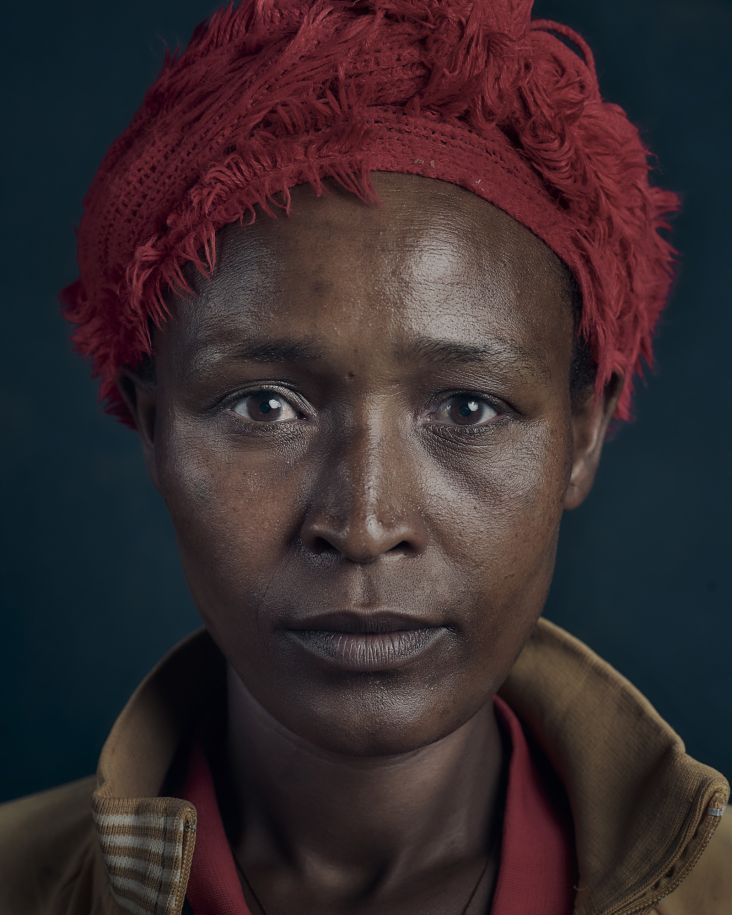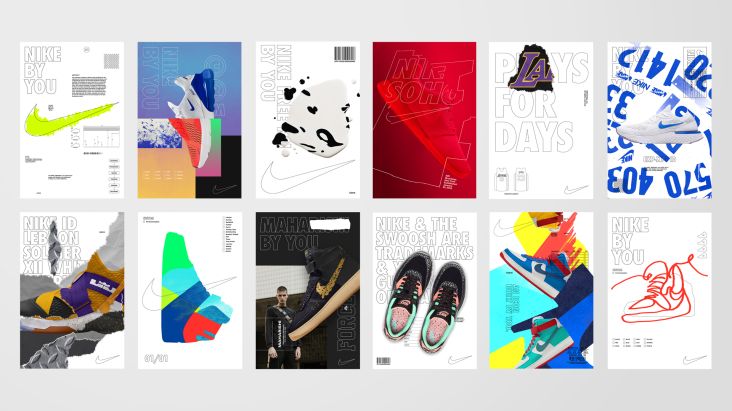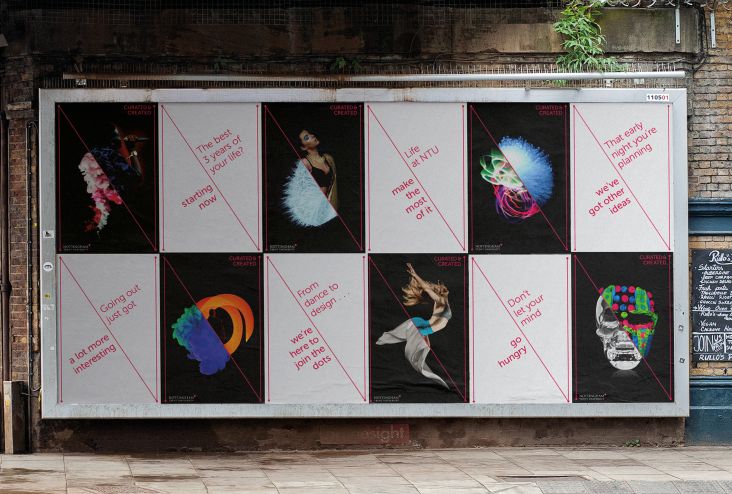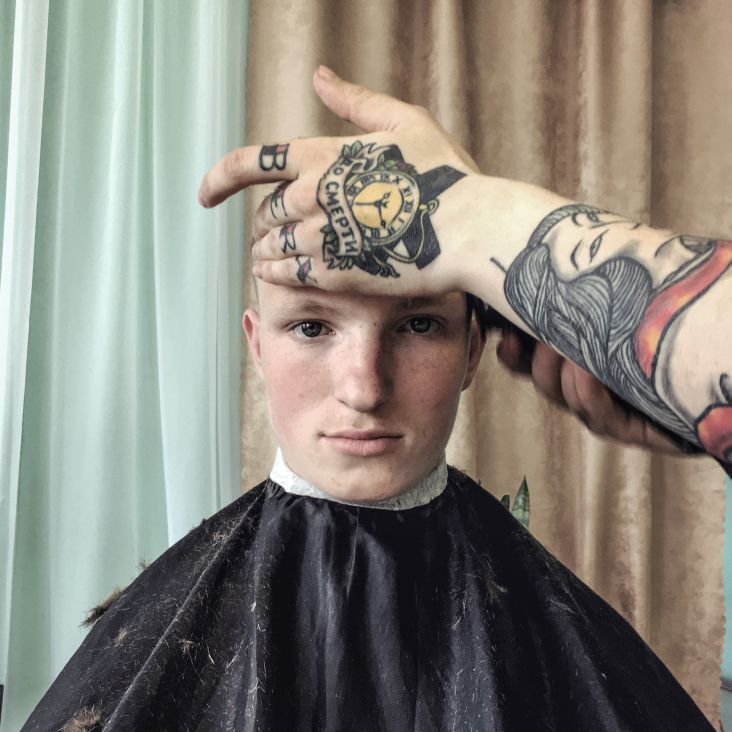Jessica Walsh on gratitude, avoiding comfort and why career advancement shouldn't be a goal for everyone
A designer, art director, illustrator and partner at Sagmeister & Walsh, Jessica Walsh hardly needs a formal introduction to the creative community.

Born in New York and raised in nearby Connecticut, she began coding and designing websites at just 11 years old and went on to study graphic design at the Rhode Island School of Design before landing an internship at Pentagram.
From there, she worked as an associate art director at Print magazine and enjoyed seeing her work published in titles such as the New York Times. In 2010, she met Stefan Sagmeister who looked through her portfolio and offered her a job at his design studio. Two years later, Walsh was made partner at age 25.
Aside from working with clients including Levi's and Adobe, Jessica is behind 40 Days of Dating and 12 Kinds of Kindness, two recent projects she's enjoyed with long-time friend and designer, Timothy Goodman. It was the latter that ultimately led to Ladies Wine & Design, creative meetups for female designers in 250 cities across the globe. We chatted to Jessica about her career so far.
You've grown up with computers and the Internet. Did that shape where you are today?
Yes. When I was twelve, I made a website that taught other kids how to code and create websites. Google Ads had just launched, and I placed a banner ad on my website. All of a sudden, I started getting large checks from Google every month. At that point, I realised I could make money from what I considered a passion, which gave me the confidence to pursue a career in design.
Were your parents creative?
They were not in design, but I consider them creative in other ways. My parents were entrepreneurs and started a small software business when I was young. They didn’t come from money, and watching their hard work and perseverance was very inspiring. They gave me the confidence that anything is possible if you put in enough hard work, time, common sense, and persistence.
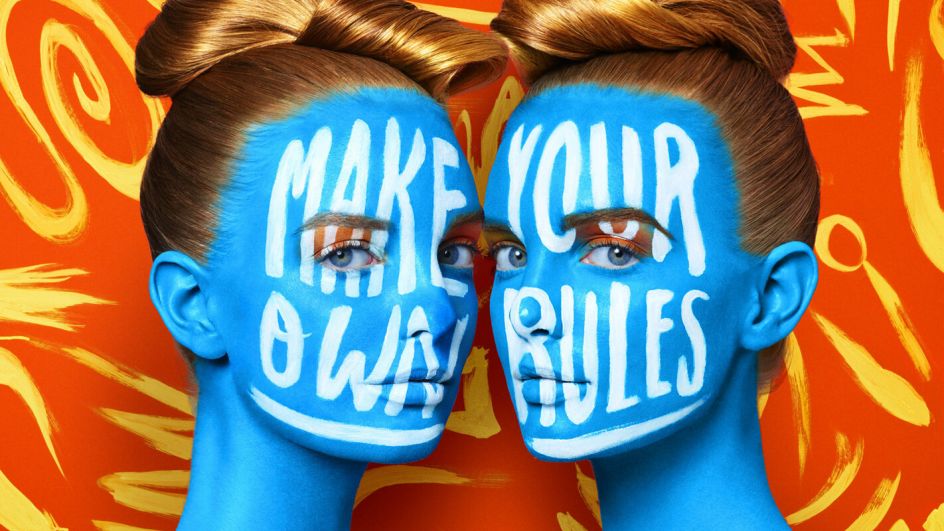
Aizone Campaigns 2011-14
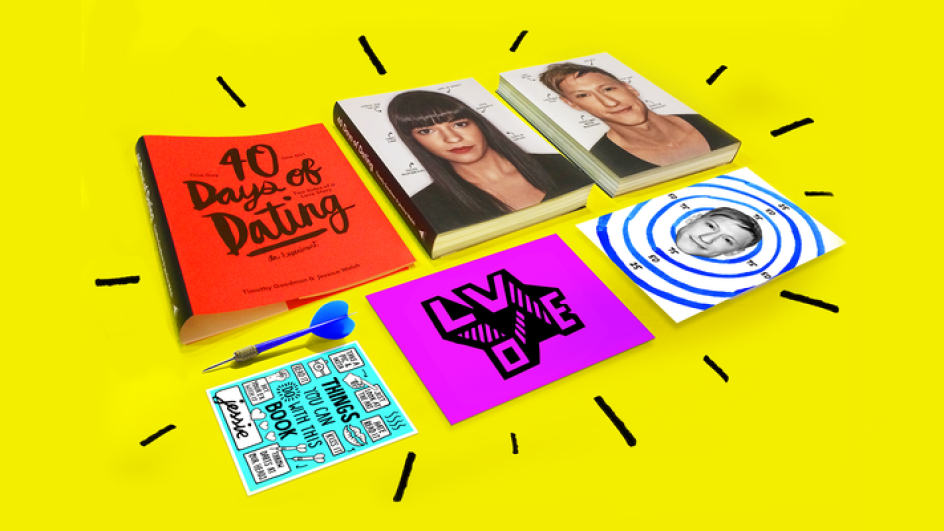
40 Days of Dating
Is it true Paula Scher played a part in your big break?
Yes, after graduating from Rhode Island School of Design I faced a tough decision. I interned at Apple, and they offered me a well-paid job. However, I wanted to be in a studio environment where I could learn from a variety of clients and design challenges. Instead of accepting the job at Apple, I started a low-paid internship working for Paula Scher.
It was a risk, but I learned so much working with her and her team at Pentagram. I threw myself into the work and worked nights and weekends and also took on freelance photography projects to pay rent.
Paula recommended me for an art director position at the design magazine, Print. It was at Print that I developed a surreal, colourful, handcrafted, playful style. I started working there in 2008 when the economy crashed, and the magazine’s budgets were slashed for illustration and photography.
I accepted this limitation as an opportunity to do things myself and started creating elaborate handmade set designs, which I photographed in my apartment. Eventually, people began to recognise my style and hire me for larger projects.
It's great to see women supporting each other. Has that always been the case, in your experience? Is that one of the reasons why you started Ladies, Wine & Design?
Open a design history book, and you’ll find that most of the famous icons or heroes at the top of the industry are men. The design industry was a boy's club at the top, and still to this day, only 5-12% of creative directors or CEOs are women depending on the country you live in.
Once I started gaining success in the design industry, I started having many haters on social media. I began to notice that many of the haters were other women. It made me realise that sometimes, women can be unsupportive of other women, and I think that’s in part because our chance of reaching the top is so much slimmer than our male counterparts.
This inspired me to create Ladies, Wine & Design. I wanted to bring together women determined to help other women, and create a platform where women could share resources and exchange ideas and inspiration and lift each other and support each other instead of tearing others down.
We hold free mentorship circles, creative meetups, salon nights, and conferences. Shortly after starting this in NYC, I had people from around the world contact me to start LWD in their own cities, and we’re now in over 250 cities worldwide!
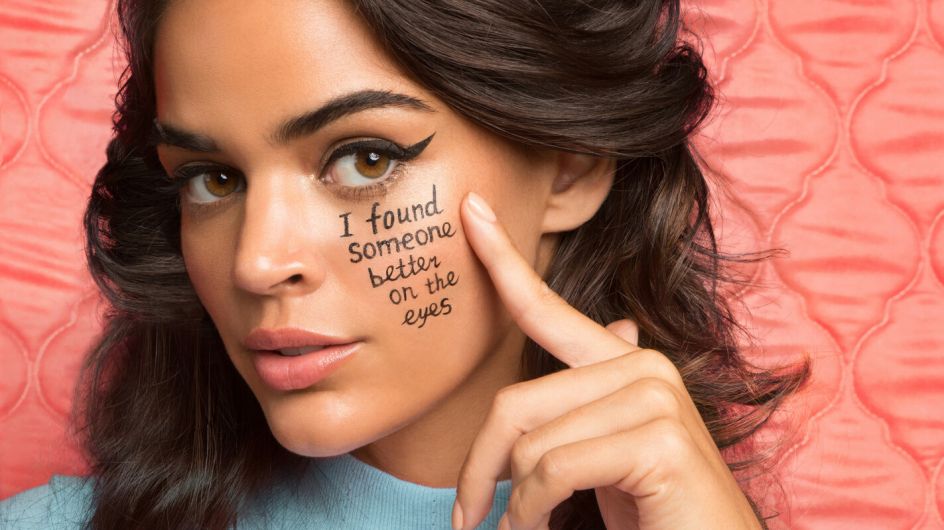
Benefit: Breakup Social Campaign
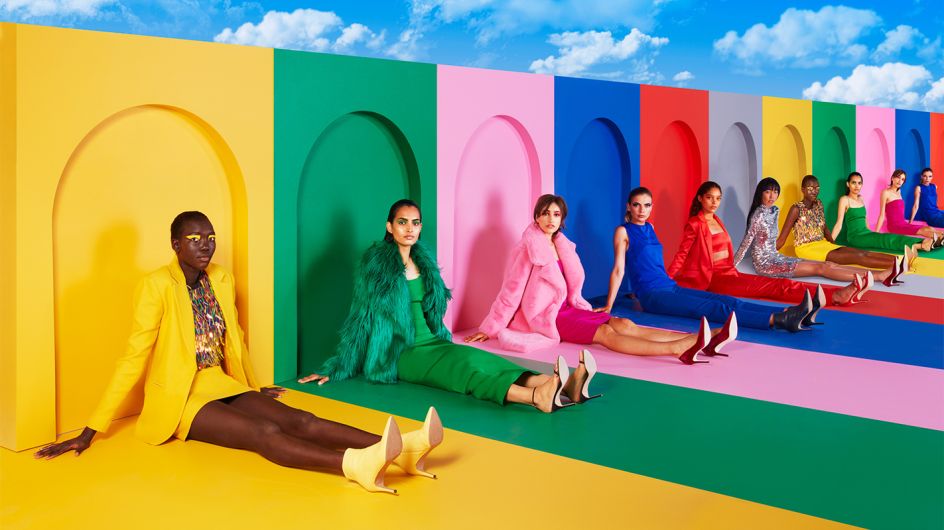
Milly: Color Lover Campaign
What inspires you about your job the most?
I love the initial strategy and concept phase with new clients. When working with a new brand, we help them identify their brand's voice, personality, what they stand for, and how we can position them uniquely in their market. I love the research involved with every new client as I get up to speed with their industry, product or service, competitive set, and target audience.
Another gratifying thing for me is seeing our work actually work. By that, I mean that our branding and campaigns help a client with their goals or sales objectives or resonate with their target audiences. I also love establishing strong relationships with clients. There is nothing that makes me happier than when a client tells us how much they’ve enjoyed the process and appreciates our work together.
Have you always listened to your gut? Any moments when you didn't and regretted it?
Yes, and no regrets.
What valuable advice would you share to those just starting out?
My parents taught me my values: to work my ass off, respect people, always be on time and meet deadlines, do whatever is needed to do to get the job done well and never to feel entitled to absolutely anything.
I found these values helped me tremendously in my career. I’ll caveat that by saying success in life comes in all forms, and career advancement doesn’t have to be a goal for everyone.
Do you think learning to code at an early age made you embrace craft more as you got older?
Yes. By the time I started college I was well versed in CSS, HTML and graphics software but did not have fine art skills. That is part of why I wanted to go to the Rhode Island School of Design versus a digital-focused school; I knew I’d have the opportunity to hone in on different skills.
The School's foundation year forced me to get off the computer and practice craft, and although it didn't come quickly to me at first, I eventually loved it. I started combining art and handmade elements into my digital work, which has carried through to our work even today.
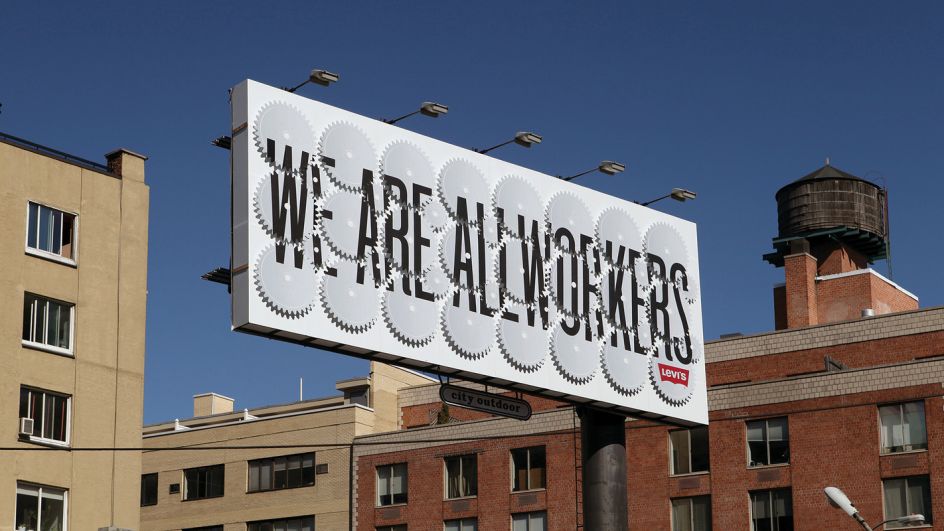
Levi's Billboard – Timothy Goodman + Jessica Walsh
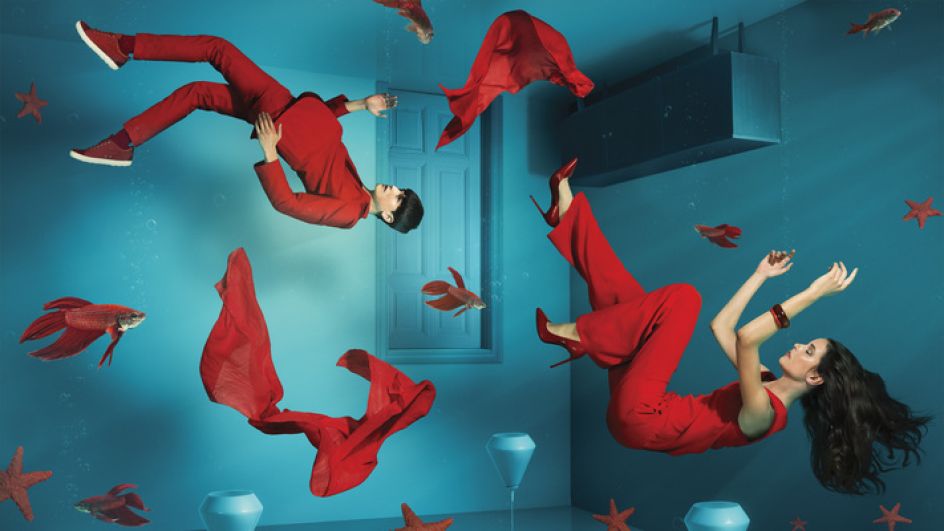
By The Sea Campaigns by Jessica Walsh & Stefan Sagmeister
A large element of your work is "play". How do you free yourself, your team and the client into a place where you feel trusted and play can come naturally?
When you hear the word "play", one often thinks of games. However, play is just a mindset where you are experiencing a state of "flow" and have the optimal balance of challenge and opportunity based on your skill set.
So you can "play" within games or your work. Essentially what this means is you are allowing yourself enough time and space to experiment without the risk of failure.
I am interested in this more serious form of play and how we can use this mindset within our work. I think the heart of creativity is discovery through experimentation and keeping a sense of humour so your mind can make unique and interesting connections between things.
You use a lot of your personal history and identity in your work. How do you separate yourself emotionally from the many voices online...Both good, and bad?
Not everyone has to like me or my work. Constructive criticism is healthy. I’ve learned a lot from it and always welcome feedback. I've accepted that I'm human and I'm going to make mistakes and I'm always looking to learn and grow.
When was the last time you felt really challenged? Can you tell us more?
I get bored rather easily, so I look for new challenges. I am uncomfortable being too comfortable. I am constantly exploring new ways we can grow and evolve the studio, make our processes more efficient, or our studio culture stronger. I am also always looking for new ways to improve our work or strengthen our offerings to our clients.
Is there anything you'd love to see change in the design world?
I would like to see more underrepresented groups (women, non-binary people, trans, people of colour, etc.) as creative directors and running creative agencies.
Was it always important for you to do something you love?
I’m very grateful to have found a job that I enjoy. I wake most days excited to dive into my work, which is an incredible feeling, and a privilege.
However, I am very hesitant about the mantra "do what you love". First of all, many people are not in circumstances where finding jobs they love is possible. Other people don’t want/need that from their job and find joy and fulfilment in life outside of work.
Also, since the popularity of this phrase, I often see young creatives having this idea that by going into a creative profession, it’s going to be all fun and games. Even when you love your work, a job is not always fun. There is always going to be some exhaustion and frustration involved, even when you love what you do. If I had the expectation that my work should be all fun and games, I’d probably be miserable.
